By Blaine Taylor
At 8 PM on the evening of Friday, July 13, 1934, German Reich Chancellor Adolf Hitler stepped to the speaker’s lectern of the Reichstag in Berlin’s Kroll Opera House to explain his murderous conduct during the recent Nazi “Blood Purge” against the top leadership cadre of the brownshirted SA Stormtroopers during the weekend of June 30-July 2, 1934.
In front of him stood steel-helmeted, armed SS troopers, and there were more placed strategically throughout the chamber, the first and only time such an event occurred throughout the 12 years of the Third Reich. Indeed, Hitler feared assassination from his own followers as a result of the “national murder weekend,” and rightly so, for some of the victims had been his most intimate followers, such as his SA Chief of Staff, Captain Ernst Rohm.
During his address, the chancellor for the first time made public mention of the sex life of the man who had been reputedly closest to him, a man whose alleged homosexuality was reportedly well known throughout Nazi Germany and even abroad.
“The life which the Chief of Staff—and with him a certain circle of others—began to lead was intolerable from any National Socialist point of view,” Hitler said. “As if it were not terrible enough that he himself and his circle of devotees broke every single law of decency and modesty, still worse, this poison now began to spread in ever-increasing circles.
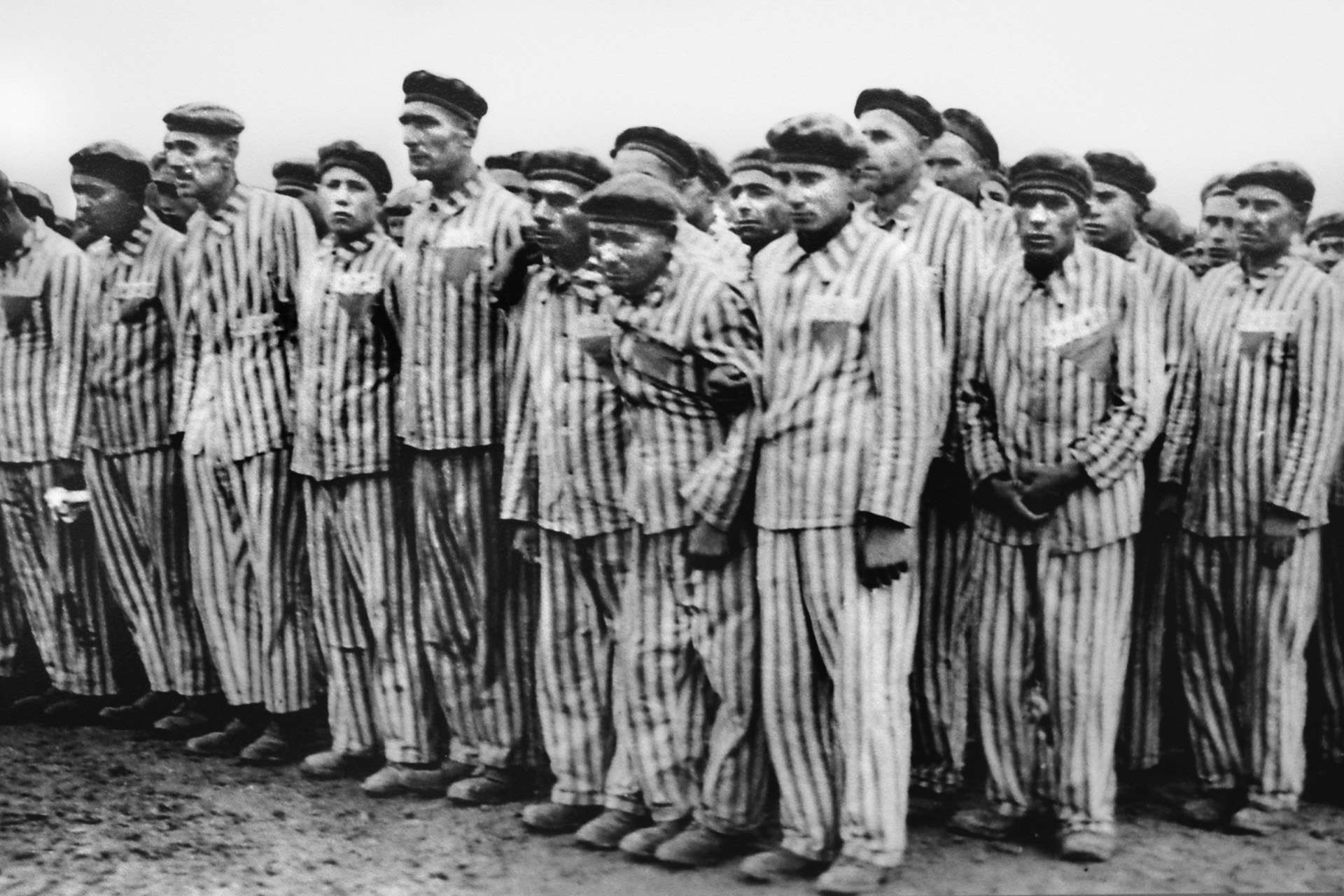
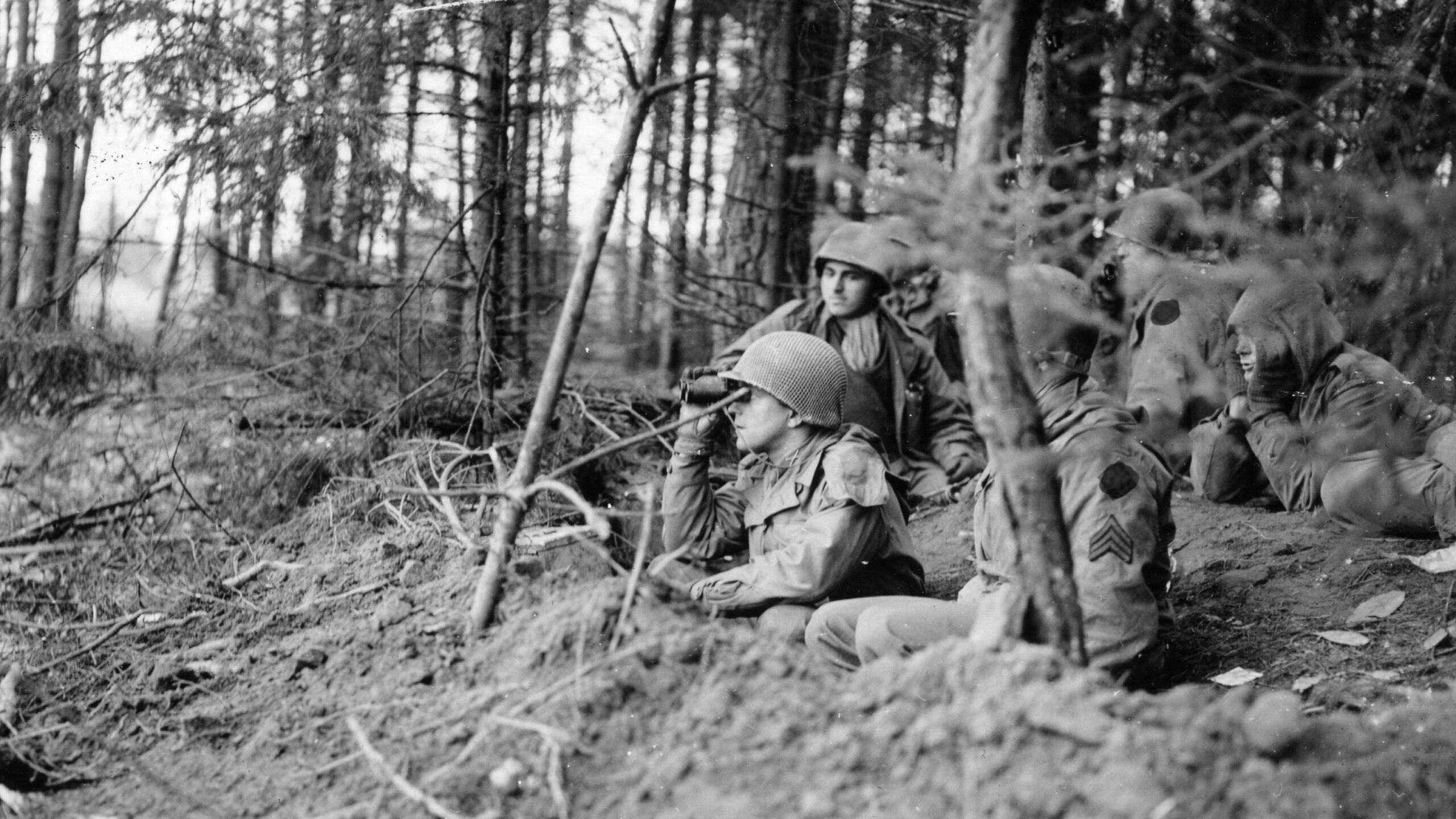
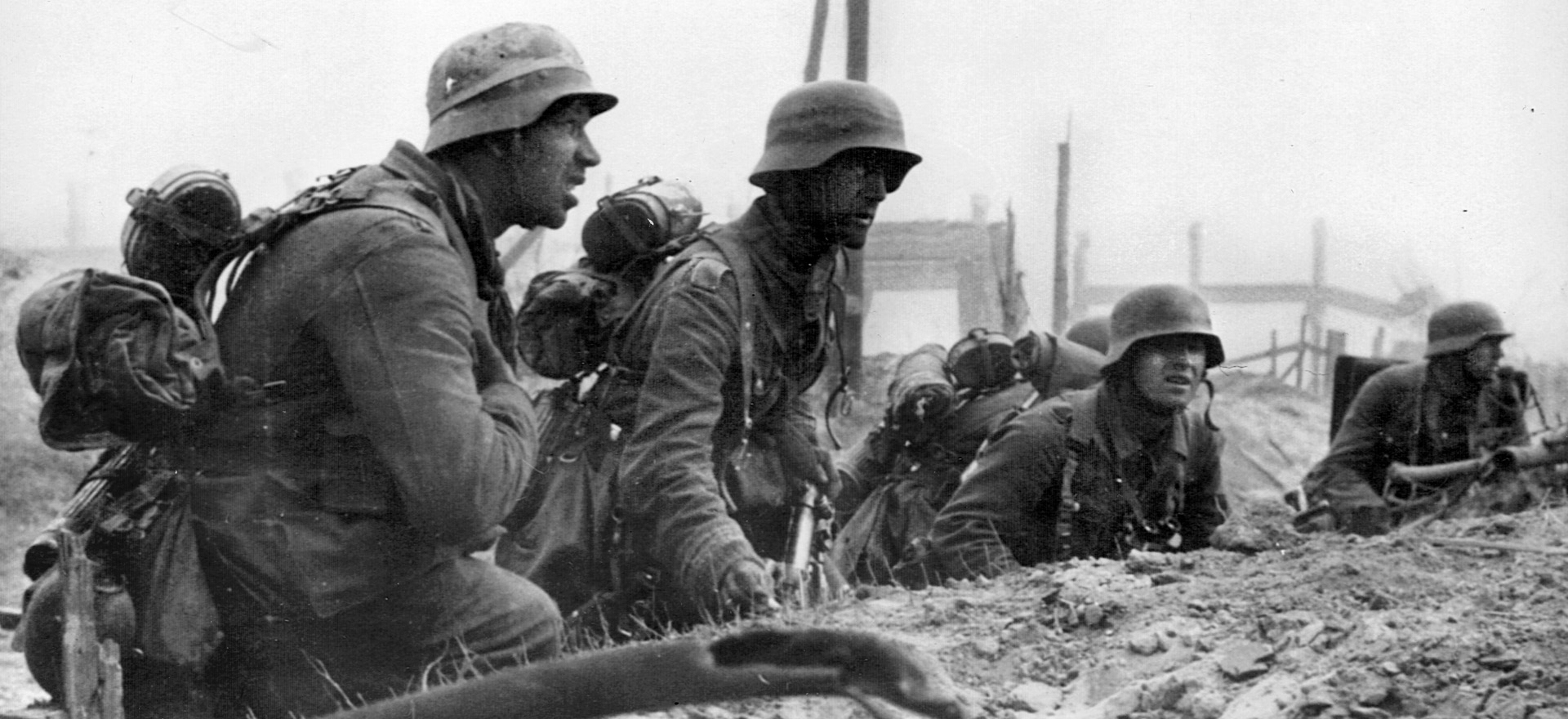
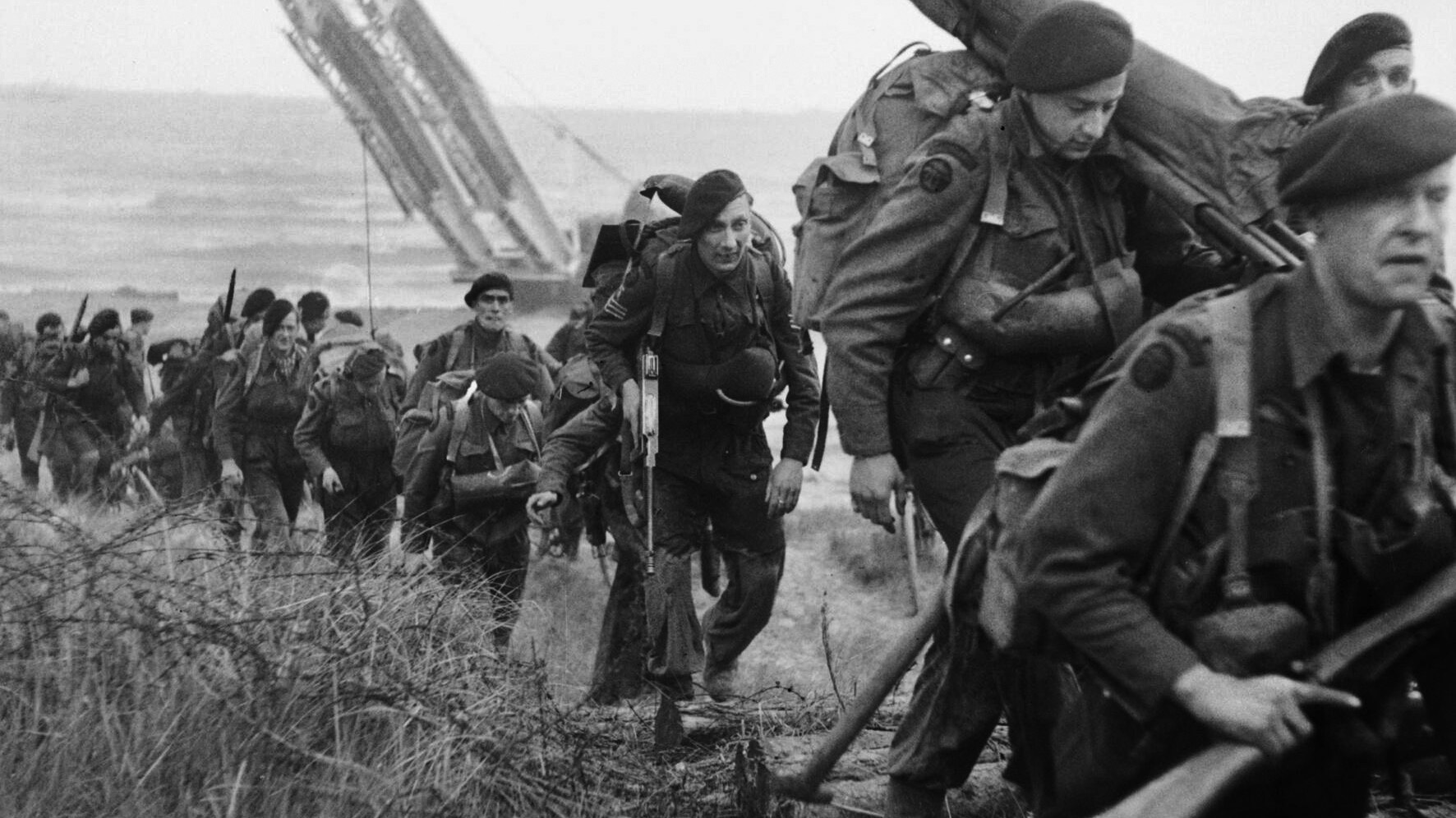
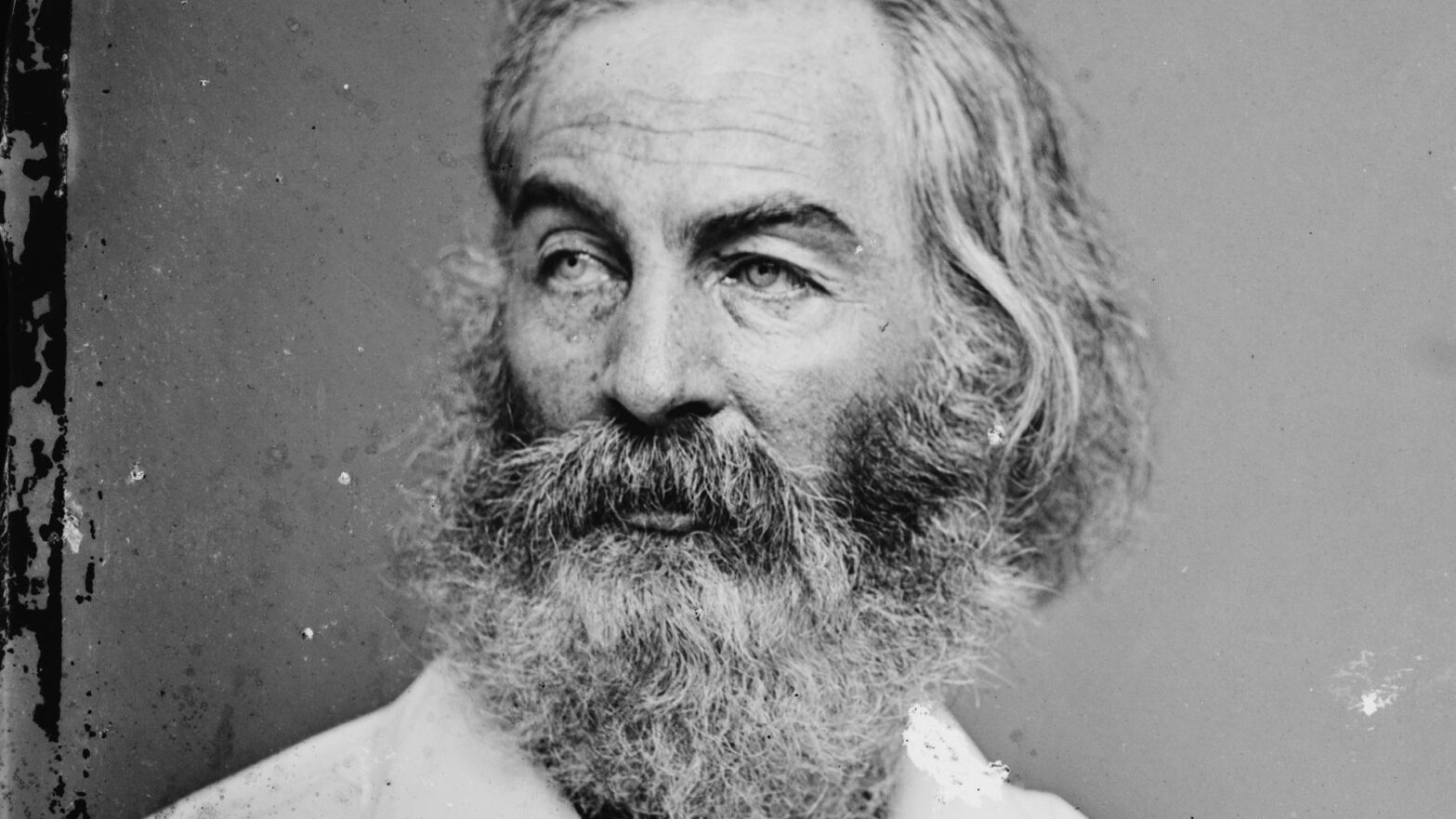
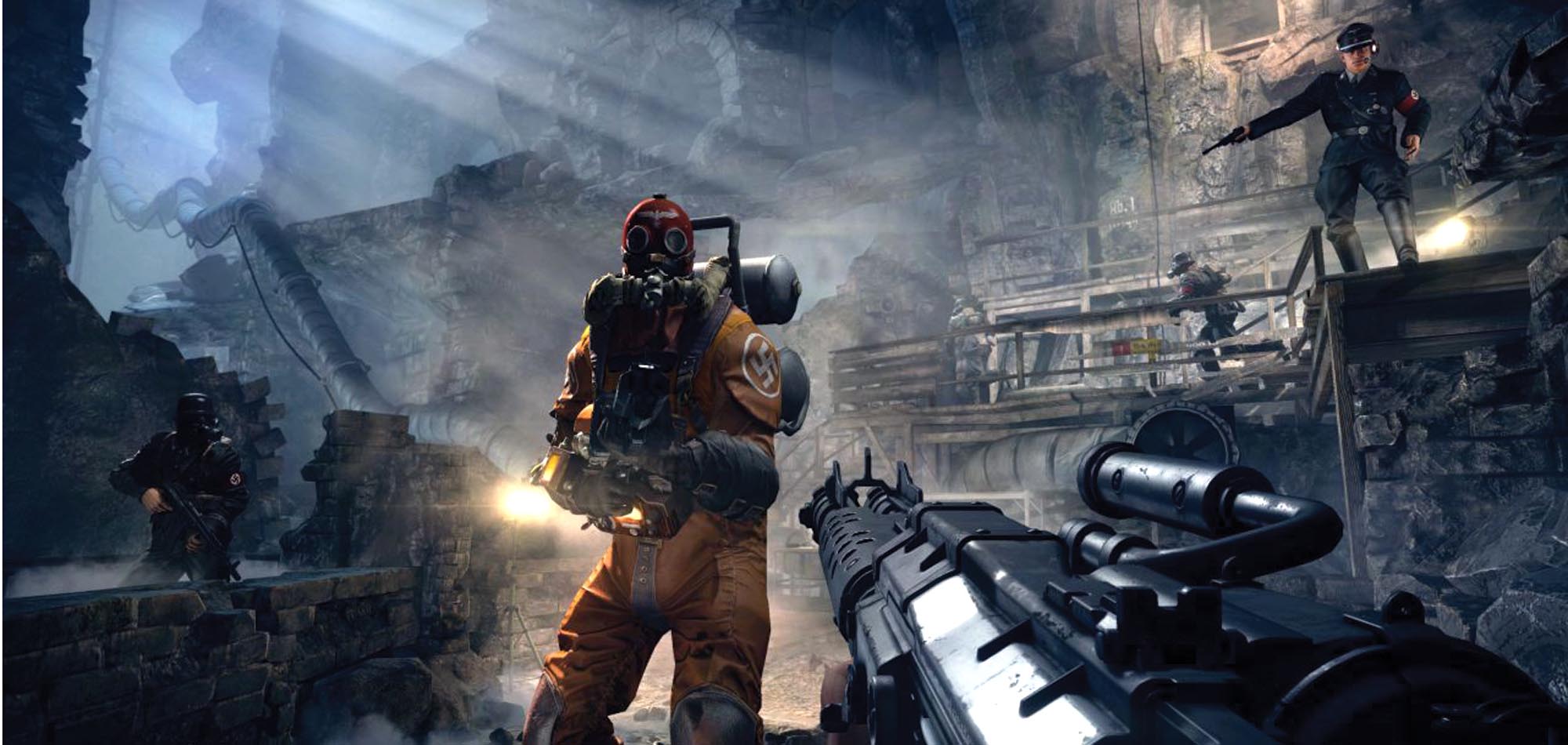

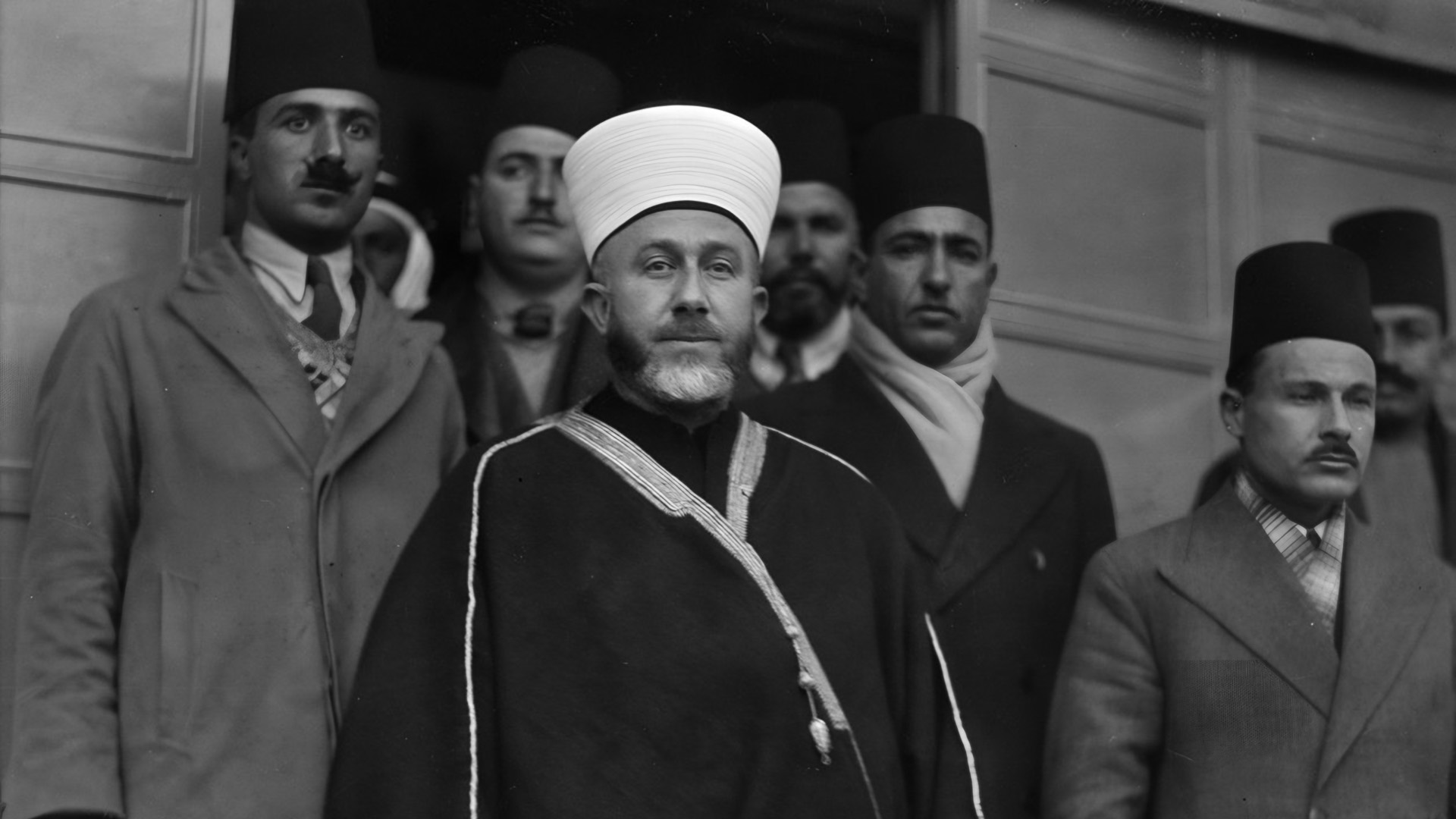
Join The Conversation
Comments